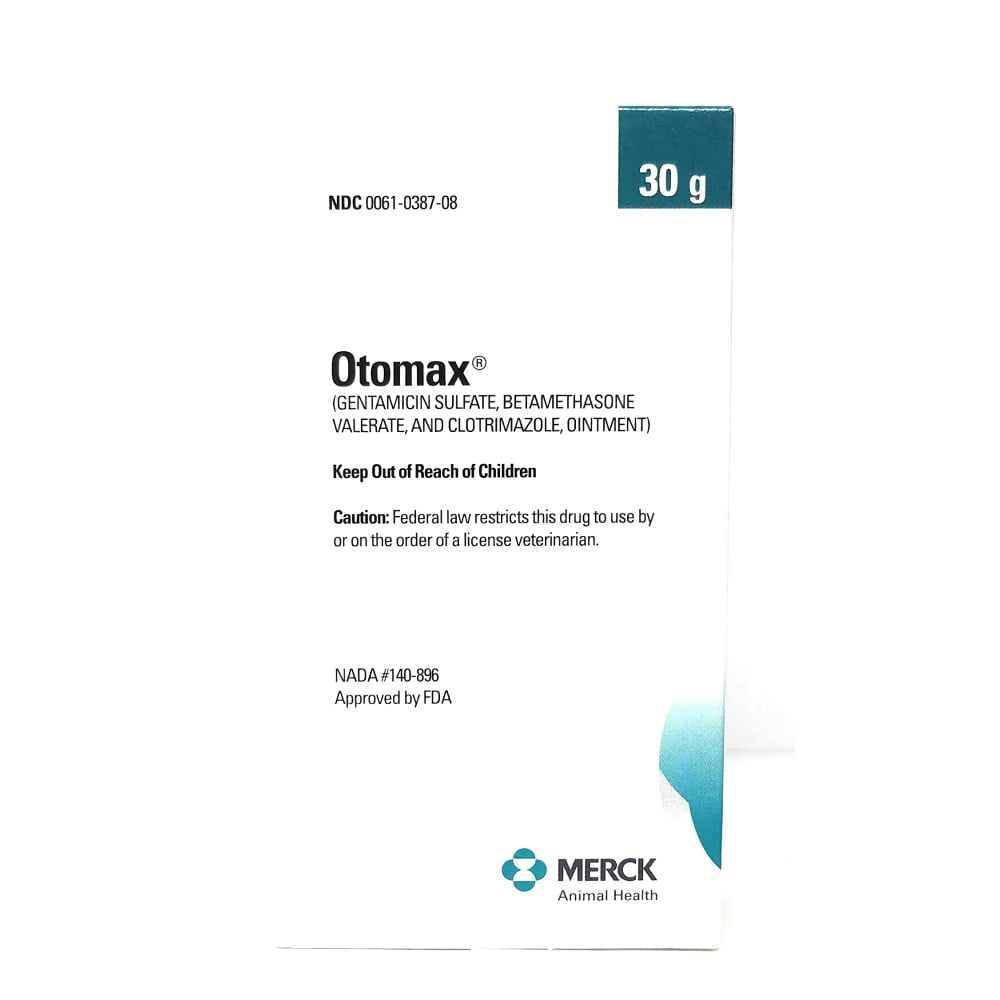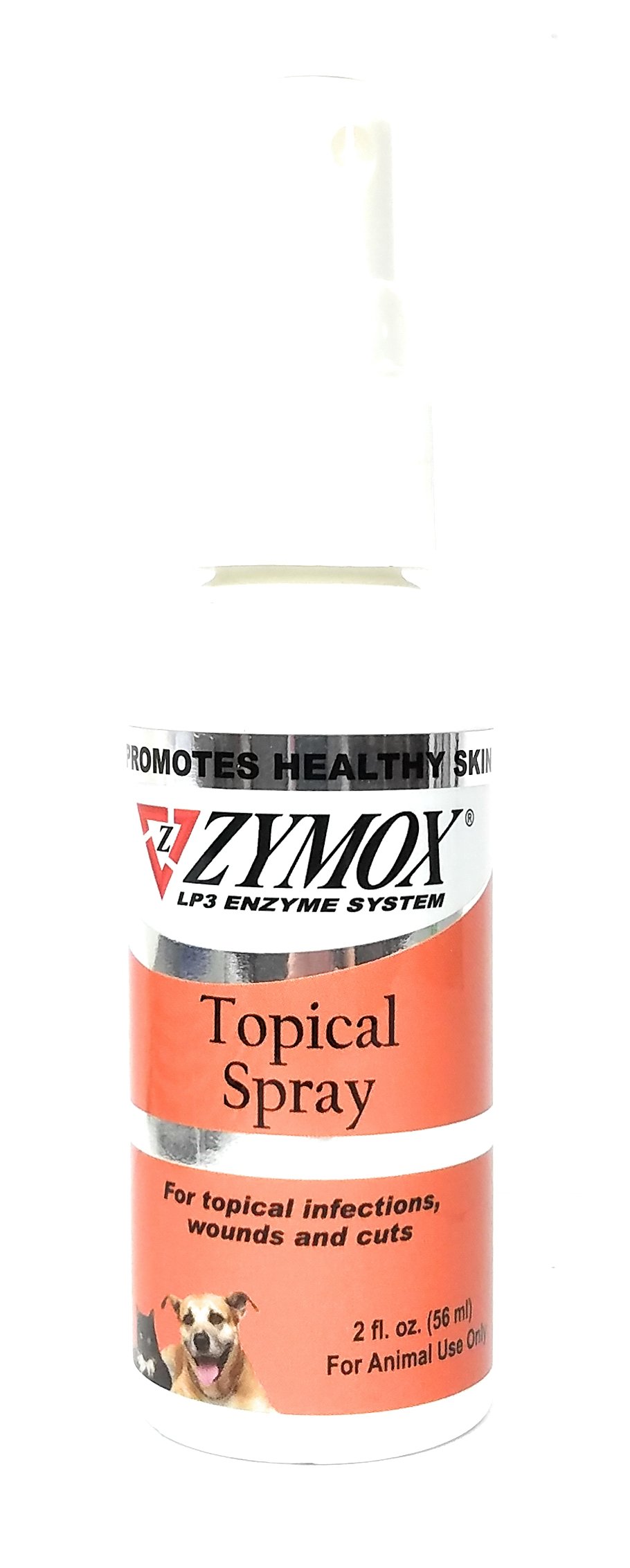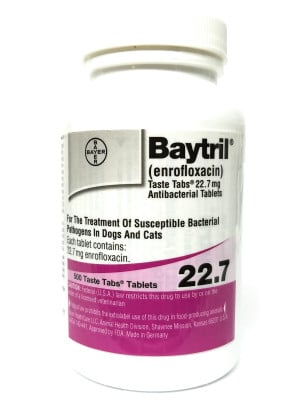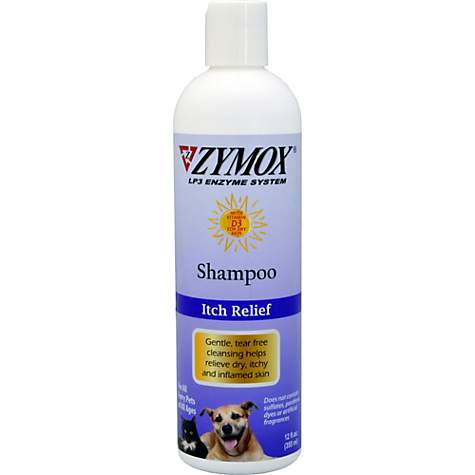Ear infections & Yeast
Malamutes have upright ears and therefore are not SUPPOSED to be susceptible to ear infections. However, we've found that's not the case. Every once in awhile one of our dogs starts the head shaking and we go look and the ear is full of gunk. So much for SUPPOSED. I suspect it has to do with the amount of hair in their ears - lots of hair - no air flow...great breeding ground for yeast and other nasty things. While researching I discoved the most common causes of ear infections are:
- Allergies – the most common cause of ear infections.
- Grass seeds – especially prevalent in summer and spring, these can migrate down the canal and cause serious irritation.
- Ear mites - these are easily passed between dogs and can often be spotted moving in the ear
- Bacterial Infection - bacterial infections from scratching, small cuts or irritation
- Moisture, which can create a prime growing environment for bacteria and yeast
- Allergies, which lead to ear disease in about 50 percent of dogs with allergic skin disease
- and 80 percent of dogs with. Endocrine disorders, such as thyroid disease
- Autoimmune disorders
Some common symptoms that may indicate your dog has an ear infection include: Head shaking. Scratching at ears. Tilting the head. Sensitive or painful ears. Ear discharge - usually brown and gucky, sometimes you'll see blood. Unpleasant smell. Scabs or inflammation. Usually, because they are malamutes, you may not even know the ear is painful unless you try and look in it. Their need to hide weakness often makes them be a little too stoic when it comes to ears and you often won't realize there is a problem until it's gotten pretty bad.
After the ear canal sits the eardrum, then the middle and inner ear deep inside the head. Otitis is inflammation of the ear. Otitis is divided into three types based on the location of a dog’s ear infection:
- Otitis externa: inflammation of the ear canal
- Otitis media: inflammation of the middle ear
- Otitis interna: inflammation of the inner ear
Otitis externa is the most common of these three infections because this is the part of the ear most exposed to external factors. Ear infections can be acute (with a quick onset) or chronic and recurrent. Dogs can also have an infection in one or both ears.
If you look in the ears and there is a lot of gunk, odds are good it's an ear infection. Use an ear cleaner on a paper towel or cotton ball and your finger and clean it out as best you can. Unless you've dealt with ear problems before, you should probably go to the vet and get an antibiotic or antifungal cream. We've had good results with Otomax or Miconazole 1% if it's not too bad, but if that doesn't work you'll need a stronger prescription.
Dog Ear Cleaning Technique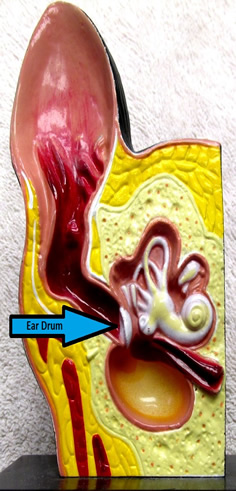
-
Apply liquid cleaner to the ear as directed.
-
Close the earflap and massage the base of the ears.
-
Gently wipe clean with a cloth or cotton balls.
-
Apply any medication prescribed.
A dog's ear canal is bent at a 90 degree angle so there can be infection in the lower part you just can't see looking in the ear. This is also why you shouldn't use Q-tips to clean the ears (except the outer areas). Because of that 'bend', it's too easy to actually push the gunk down into the ear and make the proble worse. You can use liquid ear cleaning solutions, but be careful, if there is any eardrum perferation (from a seed, bug, or other damage) you can make things worse. Most often, a dog ear infection will not go away on its own. All types of otitis require a veterinarian to evaluate the infection and the eardrum. If the eardrum is ruptured, certain cleaners and medications can be toxic to the middle ear.
You may want to get an otoscope so that you can look farther down into the ear. You have to gently pull on the ear so that the canal straightens or you won't see much and many dogs with infections are pretty sensitive and not willing to let an amateur tug on their ears for a look. So while it can be helpful, when you really need to see it will be diffcult to do because it hurts!
The majority of dog ear infections are not contagious. If the cause is ear mites, though, these parasites are extremely contagious. With ear mites, all pets in the home must be treated simultaneously. Ear mites are relatively common in puppies and may not be noticed initially when adopting a new pet. But shortly after bringing your new pet home, multiple pets in the house will be scratching and shaking.
Rarely, a methicillin-resistant Staphylococcus aureus (MRSA) or possible other contagious infection can be cultured from an infected ear. It is recommended to practice good handwashing when interacting with a pet with an ear infection and don't let other pets lick the infected pet’s ears. A home remedy isn't going to fix this!
Your vet will prescribe an antibiotic or antifungal to put in the ear. Make sure you follow directions and keep using it the entire length of time or the infection can come back. It's also a good idea to get a recheck in a couple of weeks to make sure it's gone as well.
By far the main kind of ear infection we've experienced with our guys has been yeast. Fungal ear infections are the most common culprit of ear fungus in dogs. Dogs also experience bacterial ear infections that can either be picked up from an outside source (pathogenic) or can come from an overgrowth of a common bacteria on the body (non-pathogenic). This is why we love giving our dogs yogurt - it keeps those wild local bacteria in check!
When a dog experiences fungal ear infections frequently, there may be an underlying condition that needs to be resolved so the ear infections stop. Sometimes an undiagnosed thyroid condition or autoimmune disease is the culprit. One common issue that could result in ear infections is a food allergy as well.
There are some good home remedies that can help a mild ear infection, possibly even cure mild yeasty ones. These include:
- Apple Cider Vinegar (dilute 1/2 with water)
- Coconut Oil
- Hydrogen Peroxide (dilute 1/2 with water)
- Witch Hazel
- Aloe Vera gel
- Feed yogurt or other probiotics with active cultures for the good bacteria
Do not use Apple Cider Vinegar full strength. Dilute with 1 part apple cider vinegar to 1 part water, before using it to treat your dog’s ear infection.
Then, dip a cotton ball in the solution and use it to gently clean your dog’s ear. This works particularly well on yeast infections, including yeast infections on your dog’s skin.
To use coconut oil to help treat or prevent your dog’s ear infection, put a small amount of coconut oil at the entrance to their ear canal and massage the coconut oil down into their ear.
Plus, coconut oil can act as a moisturizer and soothe the skin.
Hydrogen peroxide (3%) can be helpful to treat mild ear infections. Without dilution, the hydrogen peroxide will burn your dog’s already irritated ear canal so mix 1 part hydrogen peroxide with 1 part water instead. Use a bulb ear syringe to flush your dog’s ear with the solution to dislodge any debris. If your dog has any open sores, you’ll want to avoid using hydrogen peroxide. On open wounds, hydrogen peroxide can potentially slow the healing process by killing the cells that are trying to repair wounds in the skin. Don't use peroxide if this is the case.
Used in small amounts, witch hazel can help dry out your dog’s ear. This is helpful in small doses, to prevent water from remaining in your dog’s ear and leading to an infection. Just 5-10 drops of witch hazel in your dog’s ear is enough to dry it out enough to prevent infection. Avoid using witch hazel if your dog’s ear is already red, painful, or has broken skin.
Aloe vera gel can be used in combination with another approach for best results. It's soothing, cleansing and antibacterial. Do not use tea tree oil for ear infections...it can be extremely toxic, even fatal. For best results, you’ll likely want to use a combination of these approaches, depending on the condition of your dog’s skin around the ear. A bulb syringe, that allows for flushing (as well as potential suction to remove solution left in the ear) is ideal for this process. Be sure to warm anything you use, so it's not uncomfortable. And if you use the microwave, it will likely get TOO hot, so avoid using the microwave. After massaging the ear canal with the solution in it, allow your dog to shake their head to loosen any further debris.
Most of all, if your dog is in pain (or is trying to hide that he's in pain) take him to the veterinarian. Letting ear infections fester can lead to deafness and worse. Always use good judgement using home remedies....they have their limits.


